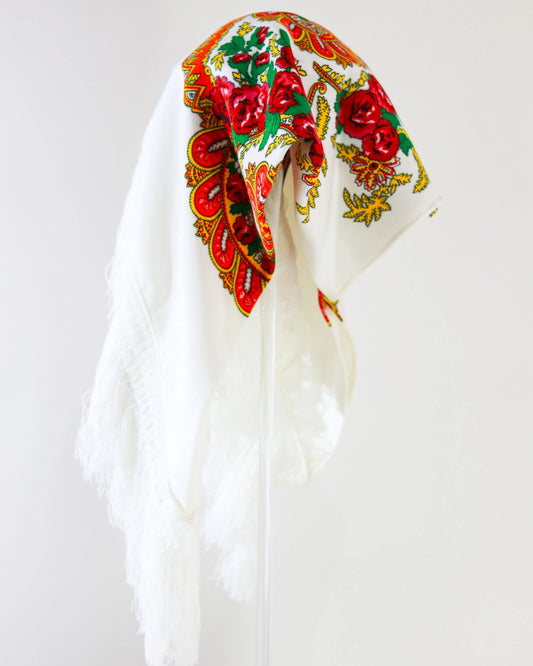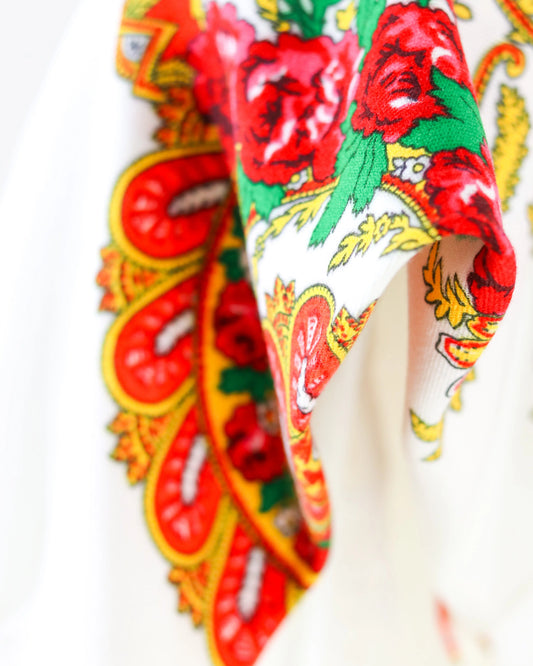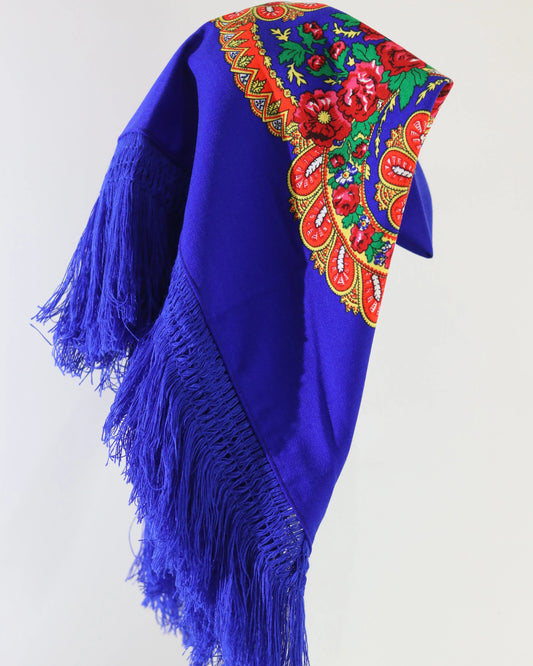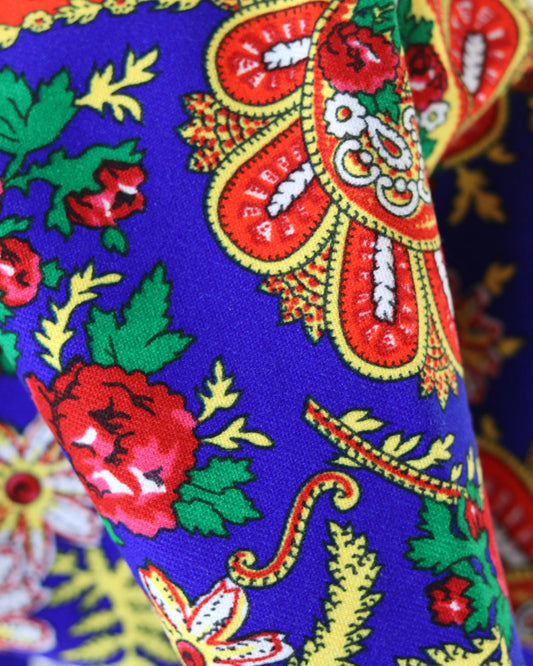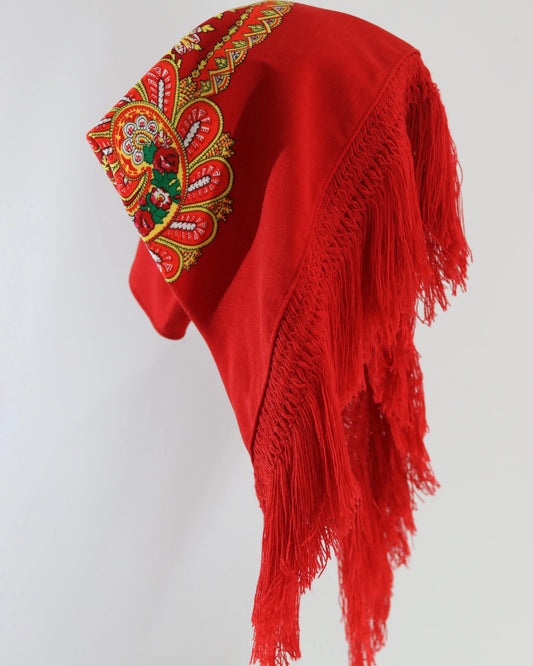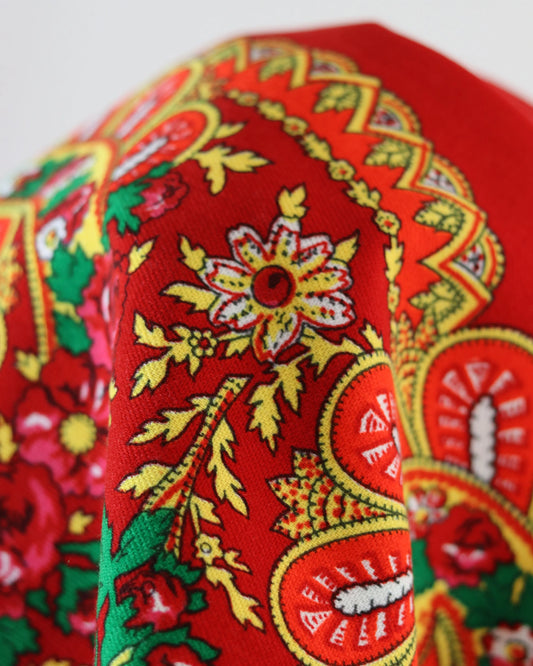The expression queen of pilgrimages and its meaning explained
There are terms that sum up an entire country. When someone says "queen of pilgrimages," the Portuguese ear immediately imagines the sea and processions, embroidered costumes, glittering gold, thumping drums, flower-covered streets, and a fervor that blends faith and celebration. The expression didn't originate by chance, nor did it become famous without reason. It conveys a history, a place, an identity.
Today, the phrase circulates in tourist discourse, cultural journalism, and everyday conversation. It's a compliment, a label, a mark of distinction. And it's also a way of understanding what a Portuguese pilgrimage is.
Let's take it one step at a time.
What is a pilgrimage, after all?
A pilgrimage is a collective journey motivated by devotion to a patron saint, almost always associated with the liturgical calendar and a local legend. The term combines pilgrimage with celebration. There are promises, a solemn mass, and processions. There is a festival, music, a fair, food and drink, and fireworks. The sacred and the profane intersect without conflict.
In the northern coastal region, especially in Minho, the pilgrimage tradition has gained a very particular strength. There, faith is rooted in the work of the sea and the land. The cult of protection, abundance, and safe return fuels processions and rituals passed down from generation to generation.
Each pilgrimage has its own signature. Some climb the hills, others descend the beach. Some wash their souls in the river, some dance the chula dance until dawn, some parade with gold on their chests, some launch decorated boats for blessing.
How the idea of a queen was born
The metaphor of royalty serves to elect what is considered superior. Calling a pilgrimage queen means that it is at the top: the largest, the richest in popular expression, the one that best represents a style. It's a loving hyperbole, rooted in local pride and healthy competition between neighboring lands.
Over time, the expression became fixed in the singular and began to point to a paradigmatic case. One name immediately stands out: Viana do Castelo.
Viana do Castelo and Our Lady of Agony
In the Minho calendar, August has a gravitational center. The festivities honoring Our Lady of Agony draw crowds to Viana do Castelo, with the shrine towering over the city and the Lima River as a backdrop. Devotion is said to have gained traction among fishermen and sailors in the 18th century, in a region facing the Atlantic. The request was simple and of ancient urgency: protection at sea and a return home.
The Viana pilgrimage has consolidated several characteristics that make it unmistakable. The procession to the sea, with decorated boats and the blessing of fishermen, is an iconic image. The historical and ethnographic procession brings together floats that showcase crafts, labors, and harvests from throughout Alto Minho, in a living pedagogy. The stewards and brides of Viana, with their meticulous attire and generous gold, embody an aesthetic that has already spread around the world.
No wonder the epithet stuck. Queen of pilgrimages, on many people's lips, is the direct way of saying Viana.
The vocabulary that the expression carries
When someone uses the phrase, they're not just comparing dimensions. They're referencing a set of symbols:
- Excellence in execution, continuity and popular participation
- Richness of ritual, visual and musical elements
- Media projection and ability to attract visitors
- Identity pride and collective memory
That's why the expression circulates outside of religion. It serves as a seal of cultural quality, encapsulating tradition, folk art, and community.
Beyond Religion: The Whole Party
A pilgrimage thrives on faith, of course. But it also thrives on everything that faith calls for. In Viana, this whole is vast.
During the day, there's mass, floats, promises, the deep sound of Zés Pereiras and bass drums that make the promenade tremble. The streets are filled with carpets of salt and flowers. Giants and big-headed figures break the monotony of royal bodies with the costumes of ancient Carnival. At night, the river reflects lights, fireworks, and murmurs, while the festival continues with songs and snacks. The central square becomes a living room. The neighborhoods are decorated. Images rise and fall, gold sparkles, filigree narrates geometries.
It is a collective symphony, repeated every year and always different.
Elements that make the difference
- Procession to the sea and blessing of the vessels
- Historical and ethnographic procession with parish floats
- Viana's stewards and brides in full attire with gold on their chests
- Carpets of salt and flowers in central arteries
- Gigantones, big heads and Zés Pereiras
- Craft and regional gastronomy fairs
- Midday fire and night show over Lima
Each item represents a chapter in the narrative. Together, they construct the idea of a national landmark.
Essential Timeline
Chronology helps us understand how an epithet takes root. Even without exhaustive dates, there are helpful milestones.
| Period | Approximate milestone | Cultural note |
|---|---|---|
| 18th century | Cult of Our Lady of Agony grows among fishermen | Vows of protection and first public demonstrations |
| Late 18th and 19th centuries | Processions gain shape and regularity | Consolidation of stretchers, promises and paths |
| 19th century | Viana-style clothing and gold are established as local aesthetics | Filigree becomes a brand image |
| Early 20th century | Photographic records and the press popularize the festival | The expression queen of pilgrimages begins to appear |
| Second half of the 20th century | Ethnographic procession takes on the dimension of a Minho showcase | National tourism and emigrants reinforce the scale |
| 21st Century | Internationalization and digital communication | The cultural brand is fixed in the national imagination |
The line is simplified, but shows the essential: tradition, visibility, expansion.
Expression in current usage
Like so many strong labels, "queen of pilgrimages" leaped from its birthplace and entered common parlance. In media discourse, it serves as a catchy title that guarantees recognition. In local conversations, it's sometimes said with pride, sometimes with good irony, when comparing this festival to that of neighboring lands.
The metaphor paves the way for parallel uses. Some speak of the queen of the grape harvest, the queen of the smoked meat fairs, even the queen of the francesinhas. It's the same symbolic mechanism: electing the pinnacle of a typology. The original expression, linked to the Minho pilgrimage, lends prestige to other contexts.
Other important pilgrimages in Portugal
Portugal has many important pilgrimages. They don't need a crown to be significant. The diversity is rich and, taken together, reflects a country that celebrates.
| Name | Location | usual month | Distinctive features |
|---|---|---|---|
| Our Lady of Agony | Viana do Castelo | August | Procession to the sea, ethnographic procession, stewards |
| Saint Bartholomew of the Sea | Esposende | August | Holy baths in the sea, healing beliefs |
| Saint Torcato | Guimarães | June | Sanctuary with lights, night processions |
| Our Lady of Nazareth | Nazareth | September | Sanctuary in Sítio, legends of Dom Fuas |
| Lord of Matosinhos | Matosinhos | May | Monumental platforms, fair and gastronomy |
| Our Lady of Good Voyage | Bush | September | River procession on the Tagus |
Comparing isn't about diminishing. It's about recognizing local languages and different ways of experiencing the same matrix.
How do you put together an event of this scale?
Behind the glitter are months of organization. The structure usually involves the festival committee, parish, city hall, local associations, security forces, and hundreds of volunteers. Each department has its own world.
- Routes, schedules, licenses, security and access
- Religious, musical and ethnographic programming
- Urban decoration, lighting, carpets and choreography
- Trade show logistics, stalls, food and cleaning
- Communication, visitor reception, information and translation
Nothing happens magically. The transmission of knowledge is key. It's how to hold a palanquin, how to sew an apron, how to play the bass drum in time. Practice teaches, community sustains.
Frequently Asked Questions and Short Notes
- Is the pilgrimage only for believers? No. The religious dimension is central, but popular participation is broad, from Mass to the festival.
- What to wear? Respect and comfort. Those who belong to groups or parishes may wear traditional attire, but visitors do not need to. Avoid clothing that clashes with the sacred space.
- Is visible gold a must? For maids and brides, gold is part of their attire and family memories. For visitors, a watchful eye is all it takes.
- Can children and the elderly handle it? With planning and breaks, yes. Wear appropriate footwear and pay attention to peak times.
- Is there an admission fee? The city is open. Some grandstands or specific events may require admission, but most are free.
These notes do not exhaust the subject, they help prepare the experience.
Sustainability, tourism and community
Events that attract tens or hundreds of thousands of people bring both opportunities and challenges. The local economy benefits from overnight stays, restaurants, commerce, and crafts. But there's pressure on infrastructure, waste, and mobility.
Good practices are becoming the rule:
- Strengthening public transportation and peripheral parks
- Plastic reduction and selective collection programs
- Schedules and circuits that minimize conflicts between flows
- Appreciation of producers and artisans in the region
- Clear information for national and foreign visitors
The pilgrimage cannot lose its soul midway through the journey. Protecting what is genuine, without closing doors to those who arrive, is a balance achieved year after year.
Read and listen to the pilgrimage
The popular culture condensed by these festivals permeates books, music, photography, and film. Ethnographers have studied costumes, dances, and rituals. Poets have sung of the sea and devotion. Philharmonic bands and folklore groups maintain repertoires that enliven squares and bandstands. The sound of the Zés Pereiras, when it echoes, is recognizable from afar.
The pilgrimage is a living stage. Those who write about Portugal return to these images time and time again, because in them they find forms of belonging and a unique aesthetic.
Quick guide for a first visit
- Arrive early. You avoid lines, find a seat, and save time exploring the city.
- Map in hand. Identify the sanctuary, streets with carpets, procession areas, and best visibility points.
- Stay hydrated and protect yourself from the sun. August can be intense.
- A desire to walk. Between the historic center and the river, everything invites walking.
- Respect in processions. Let others pass, don't invade the route, and be silent when necessary.
- Active curiosity. Ask polite questions, learn the names of costume pieces, and recognize filigree techniques.
- Eat local. Sea bass, sardines, caldo verde, and gourds of vinho verde. Gastronomy is the highlight of the festival.
- Photograph with care. Always avoid blocking passages and be sensitive to religious images and promises.
With these lines, the experience takes shape and memory.
A linguistic look at the metaphor of royalty
Calling an event "queen" follows the classic logic of the hierarchical metaphor. In the popular imagination, royalty embodies primacy, splendor, and legitimacy. Transferring this semantic field to a pilgrimage elevates it to exemplary status.
There's more. Queen, in the feminine, marries the visual protagonism of butlers and brides. The language draws from the environment what it already offers. The gold, the fabrics, the colors, the choreography of precise steps—all create a popular majesty that doesn't depend on official thrones.
The expression serves as a shortcut. In short, it summons a catalog of images and memories.
Useful little glossary
- Pilgrimage: popular festival with religious roots, processions and festivals
- Andor: structure where the sacred image is carried by the faithful
- Mordoma: woman who is part of the procession in traditional attire and gold
- Viana Bride: variation of the outfit with veil and specific jewelry composition
- Zés Pereiras: groups of drums and snare drums, the sound signature of parties in the North
- Salt rugs: ephemeral designs made on the ground with colored salt and flowers
- Rusga: group that walks the streets playing, singing and dancing
- Arraial: a festive space with music, food and drinks, and social gatherings
Knowing the words opens doors. Naming is recognizing.
Between tradition and renewal
Strong traditions endure because they know how to adapt. The pilgrimage maintains its core faith and essential rituals, but updates its logistics, communication, and hospitality. The costumes are still hand-sewn, but today they coexist with multilingual signage, programming apps, and live broadcasts.
The balance between spectacle and devotion requires care. The non-resident audience is here to stay. So is the sense of belonging. The work of committees and communities involves ensuring that any innovation takes root, that the glitter doesn't overshadow the raison d'être.
Why does this expression still make sense?
Some expressions wear thin. This one doesn't. Every August, Viana confirms the epithet, not by imposition, but by work done. Different places can claim the right, and rightly so. The country has many large, beautiful, and intense pilgrimages. The phrase endures because it points to an archetype and because the archetype remains alive.
Those who use it know what they're talking about. You're talking about measure, exemplarity, a scale that embraces the intimate. He's talking about a people who recognize themselves on the street, with God on the palanquin and music marking their pace.
To close, an image
In the middle of the afternoon, the glow of gold mingles with the white of the scarves and the blue of the river. The sound of drums fills the square, the float approaches, someone makes the sign of the cross, another raises a cell phone, a child waves. The word "queen" passes from mouth to mouth without anyone pronouncing it. It's in the air. That's what the expression means. And that's why it stuck.

